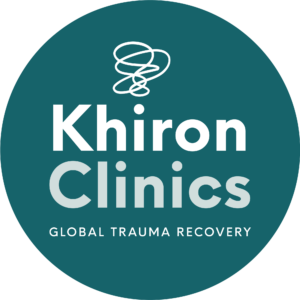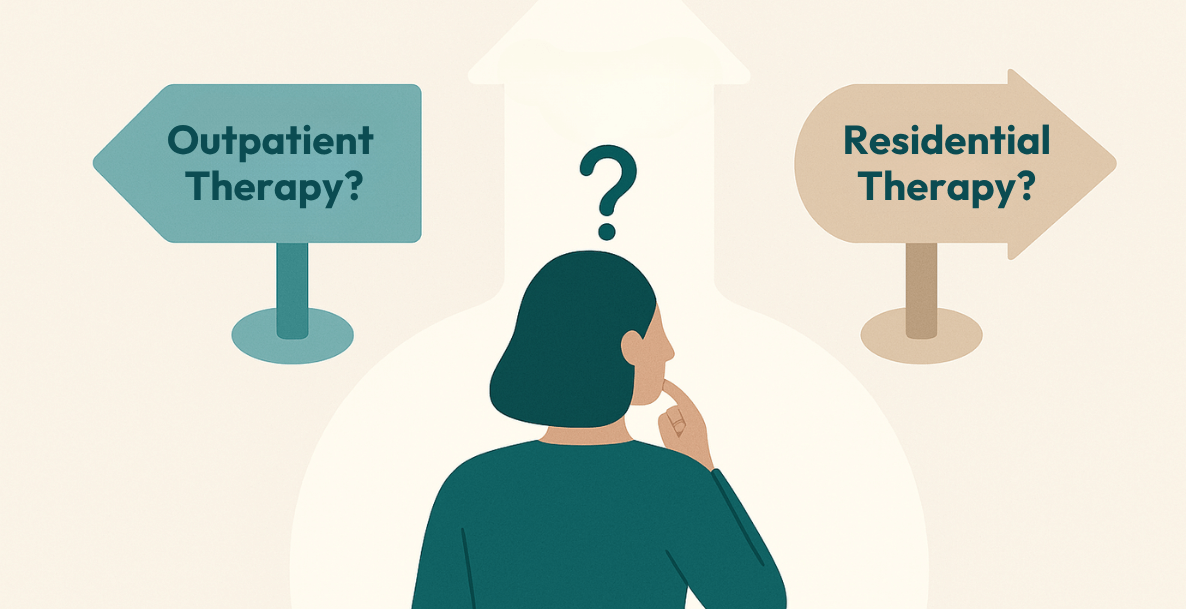Trauma has several symptoms and can affect how people react to the world around them. Hypoarousal and hyperarousal are two types of responses that can cause people to react differently to certain triggers. Although they may sound similar, hyperarousal and hypoarousal are very different and can have a big impact on people’s lives.

Download the Brochure
Discover Our Innovative Trauma Recovery Pathway
What Is Hyperarousal?
Hyperarousal is a state of heightened anxiety and awareness common for those dealing with trauma. It often occurs as an overstimulation of the body’s stress response.
When faced with a traumatic situation, the body can respond in several ways, such as fight, flight, or freeze. During this time, the body releases stress hormones such as epinephrine and cortisol to help the body react accordingly. Cortisol works over a long time, helping the body regulate stress, and epinephrine works in the short term, producing symptoms such as rapid heart rate and dilated pupils.
People with post-traumatic stress disorder (PTSD) tend to have very low cortisol levels. However, when confronted with a trigger, their epinephrine levels are high.
Symptoms of hyperarousal can include:
- Difficulty falling and staying asleep
- Irritability and anger
- Panic attacks
- Excessive startle reflex
- Panic attacks
What Is Hypoarousal?
Hypoarousal is the opposite of hyperarousal. Instead of being alert and anxious, people in a state of hypoarousal shut down and feel depressed or numb. Rather than the nervous system being overly stimulated by the stress response, it is understimulated. Additional symptoms of hypoarousal include:
- Dissociation
- Emotional numbness
- Disconnect between body and feelings
- Emptiness
Hypoarousal can occur when internal or external factors trigger people.
The Window of Tolerance
Hyperarousal and hypoarousal are closely related to the window of tolerance, a concept developed by Dr Dan Seigel. The window is the zone of arousal in which people can function effectively and receive, process, and respond to information. However, in response to traumatic events, the window of tolerance can narrow and change, making people prone to hyperarousal or hypoarousal.
Therefore, minor events or stressors can push people out of their window of tolerance after a traumatic event. When people are frequently pushed into hyperarousal or hypoarousal, they can struggle with symptoms such as anxiety and depression, as well as those related to PTSD, such as flashbacks or memory issues.
The window of tolerance can be affected by several factors:
- Support from loved ones
- Environment
- Childhood experiences
- Mental health
A lack of support, poor mental health, and an unhealthy environment can reduce the window of tolerance and contribute to harmful coping mechanisms such as substance use disorders.
Different triggers can push people outside of their window of tolerance. For example, passing a certain place that reminds people of their trauma can cause people to shut down and dissociate. However, there are ways to widen the window of tolerance and reduce the symptoms of both hyperarousal and hypoarousal.
Explore Our Treatment Options
Find Out What Makes Us Different
The staff at our globally recognised mental health clinic have been informed, trained and supervised by some of the world’s leading trauma experts such as Dr Bessel van der Kolk, Dr Janina Fisher, Dr Stephen Porges, Dr Dick Schwartz and more.
Expanding the Window of Tolerance
It is possible to reduce symptoms of hyperarousal and hypoarousal and help people widen their window of tolerance:
- Grounding – grounding techniques help people focus on the present moment and remain within their optimal window. These techniques can either be physical, such as touching something cold or savouring a strong taste, or mental, such as thinking of categories or playing a memory game. During a panic attack or flashback, people can feel overwhelmed by their emotions and reactions. Still, grounding techniques interrupt the body’s response and help the brain return to a place of safety.
- Mindfulness – an essential skill of mindfulness involves being aware of the body and being able to remain in the present moment. Anxiety and dissociation caused by hyperarousal or hypoarousal can be distressing, but being mindful and aware of the body can help reduce panic and help people connect to their bodies.
- Identify triggers – triggers push people outside of their window of tolerance and into hyperarousal or hypoarousal. Identifying triggers and having a plan in place for how to manage them can help people stay within their window of tolerance and manage the triggers they encounter daily.
- Somatic experiencing – hypoarousal is connected to the freeze response, where the body freezes when there is a low chance of escaping a traumatic experience via fight or flight. The body can then hold the energy stored by this response long after the threat has passed, which can present as anger, guilt, or muscle tension symptoms. Somatic experiencing takes a bottom-up approach to treatment and helps people recognise bodily sensations and resolve trauma that lingers in the body.
- Professional help – having a smaller window of tolerance can be challenging to manage alone, even when using coping skills. Seeking professional support for trauma can help people address the root cause of hyperarousal and hypoarousal while working to expand their window of tolerance in a healthy, safe environment.
Different types of arousal can benefit from different coping techniques. As it is characterised by numbness and dissociation, hypoarousal can be combatted by stimulating the senses and utilising physical exercise to reconnect to the body and nervous system. Conversely, more relaxing coping techniques such as soothing music or meditation are more beneficial for soothing the nervous system.
Hyperarousal and hypoarousal are two sides of the same coin. When someone is pushed out of their window of tolerance by a trigger, they may become hyperaroused and anxious or hypoaroused and detached. No matter the reaction, the window of tolerance can be broadened by treating the root causes of trauma and helping people cope with their symptoms.
If you have a client or know of someone struggling with anything you have read in this blog, reach out to us at Khiron Clinics. We believe that we can improve therapeutic outcomes and avoid misdiagnosis by providing an effective residential program and outpatient therapies addressing underlying psychological trauma. Allow us to help you find the path to realistic, long-lasting recovery. For more information, call us today. UK: 020 3811 2575 (24 hours). USA: (866) 801 6184 (24 hours).





